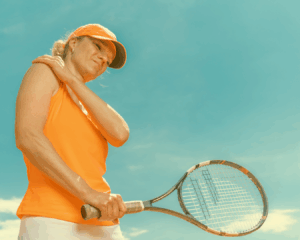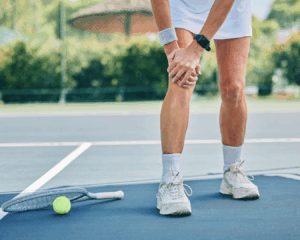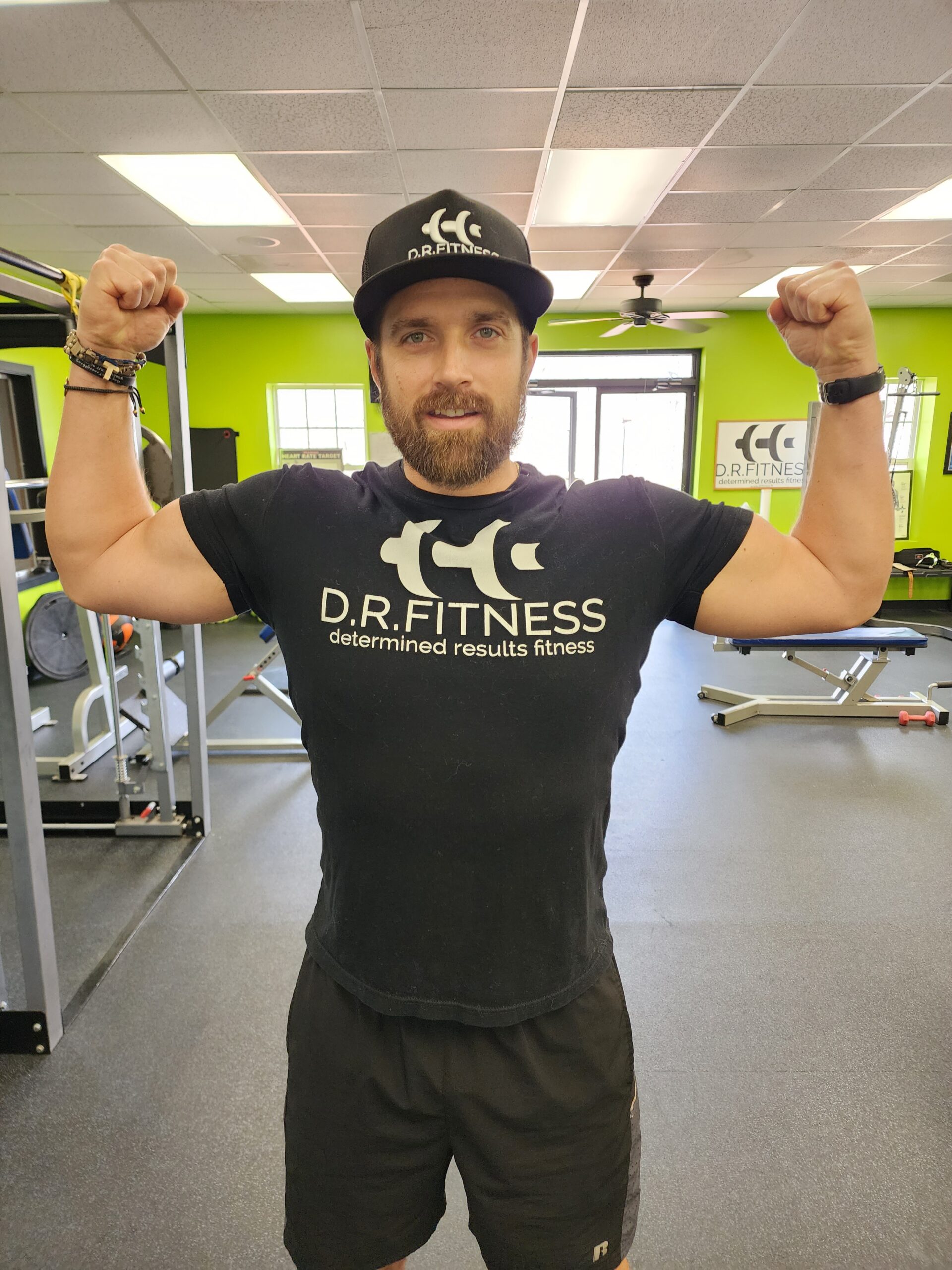Let’s be real, tennis is tough on the body.
All that stopping, starting, twisting, and sprinting can do serious damage if you’re not training smart.
And here’s the thing I see way too often…
Players spend all their time grinding on the court, but skip the strength, mobility, and recovery work that keeps them in the game.
That’s when the injuries show up.
Let’s talk about the 3 most common injuries I see in tennis players — and more importantly, how to stop them before they start.
💥 Shoulder Pain
What’s going on:
Serving, swinging, and overhead shots put constant stress on your shoulder joint, especially the rotator cuff. Over time, this leads to tightness, irritation, and imbalances that can kill your power and consistency.
What it feels like:
⚠️ Dull or sharp pain when serving
⚠️ Weakness in your swing
⚠️ Shoulder stiffness after matches
💥 Knee Pain
What’s going on:
Quick changes in direction, hard court surfaces, and poor mechanics can overload your knees. If your glutes and hamstrings aren’t doing their job, your knees take the hit.
What it feels like:
⚠️ Pain in or around the kneecap
⚠️ Swelling or stiffness after long matches
⚠️ Discomfort during lunges, sprints, or lateral movement
💥 Lower Back Pain
What’s going on:
Tennis requires explosive rotation and extension, and if your core isn’t strong or your hips are locked up, your lower back compensates. Over time, this leads to fatigue, tightness, and pain.
What it feels like:
⚠️ Tight lower back after training
⚠️ Pain during serving or twisting
⚠️ Limited mobility and stiffness in the mornings
How to Prevent These Injuries Before They Start
The good news? These are preventable.
Here’s what smart tennis training should include:
1. Build Functional Strength
You need more than just cardio or basic drills. Focus on:
- Glute bridges, lunges, and single-leg work for knee support
- Deadlifts, planks, and anti-rotation core drills for back and core stability
- Upper back and shoulder strengthening to protect the rotator cuff
2. Prioritize Mobility & Recovery
- Daily mobility for hips, shoulders, and thoracic spine
- Use resistance bands, foam rollers, and dynamic warmups
- Don’t just stretch when you’re sore — make it part of your routine
3. Train for the Game, Not Just the Look
- Tennis requires explosiveness, rotation, and balance
- Use movements that mimic the match intensity
- Focus on staying strong, stable, and injury-free — not just “fit”
🎯 Don’t Let Injuries Bench You
You don’t need to slow down — you need to train smarter.
With the right plan, you can hit harder, move faster, and play longer — without the constant pain.
Let’s build the strongest version of your game — from the ground up.






























